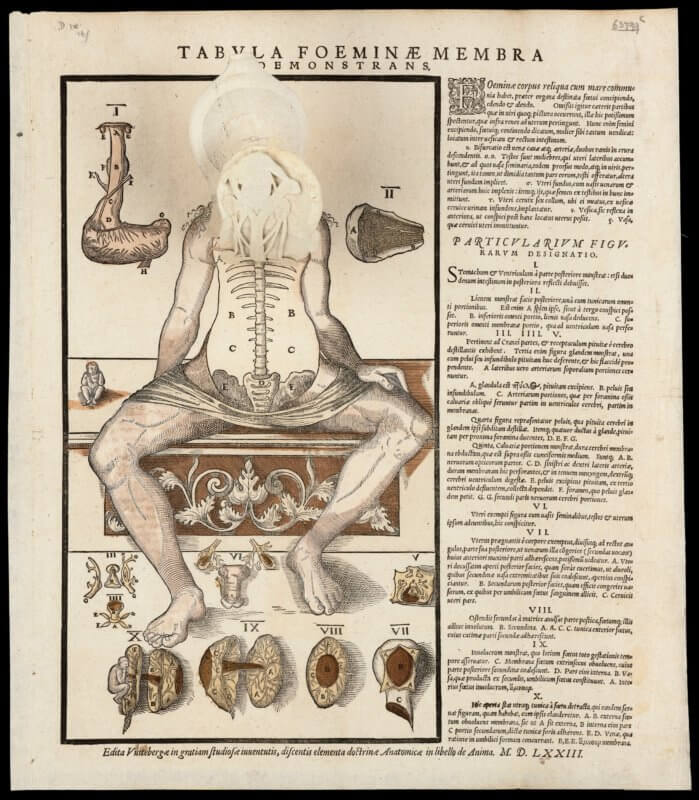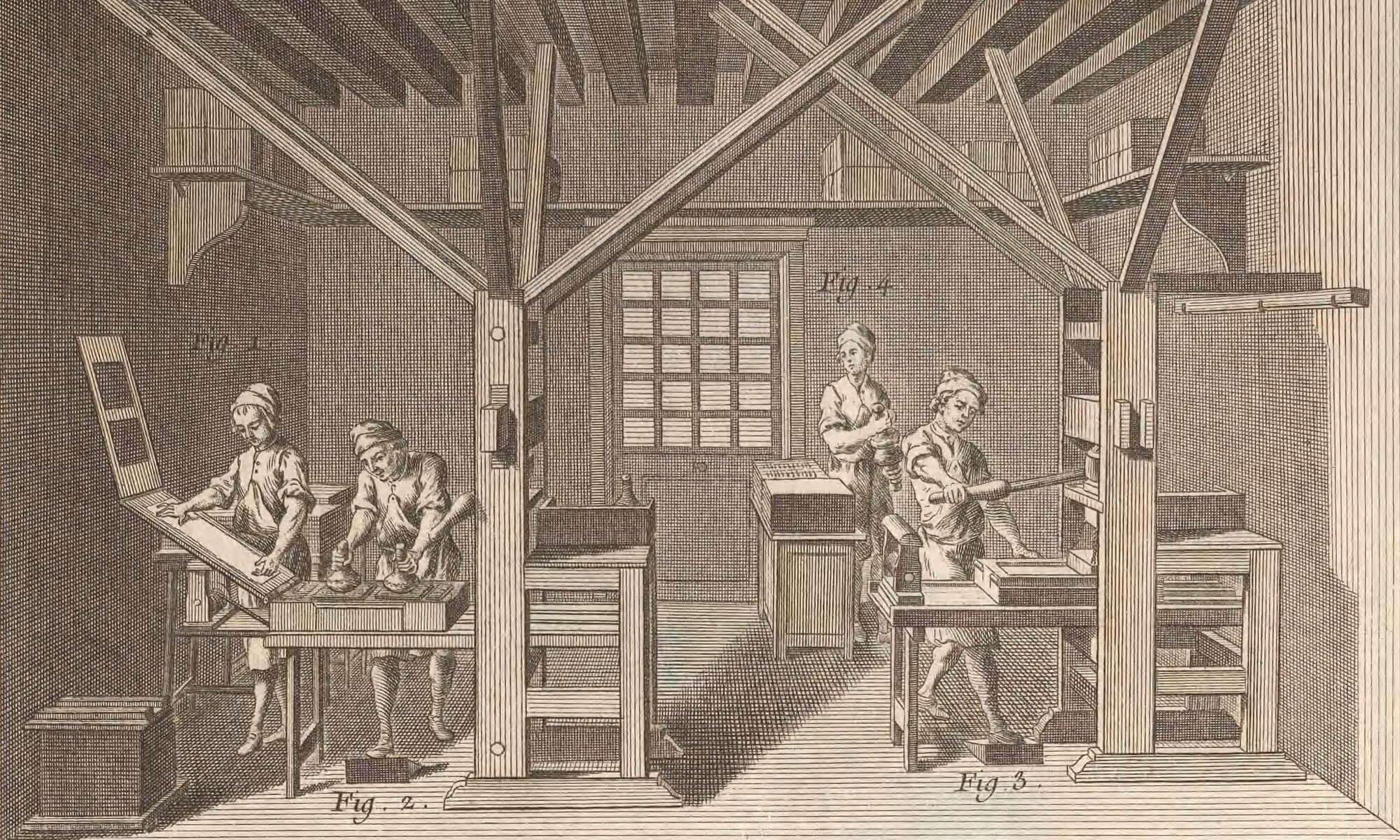Ames, Typographical antiquities, 1749 ([A]1r)

Ames, Typographical antiquities, 1749 (4I3v)
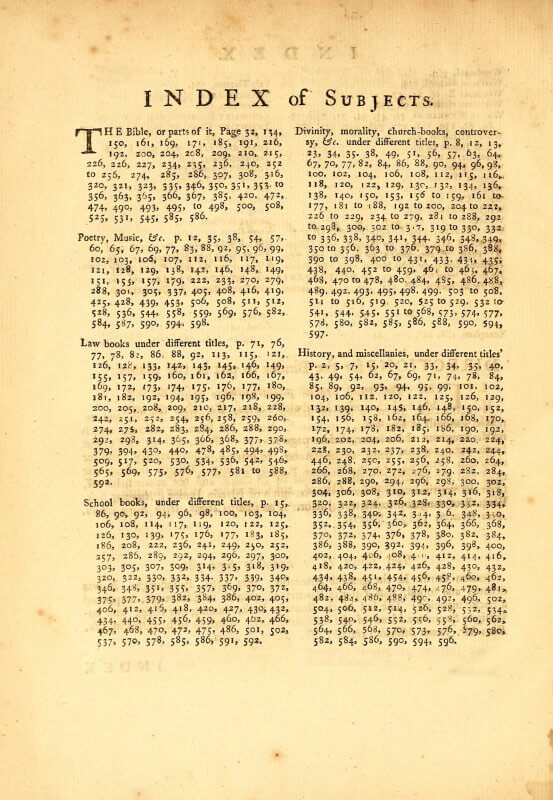
Ames, Typographical antiquities, 1749 (4I4r)
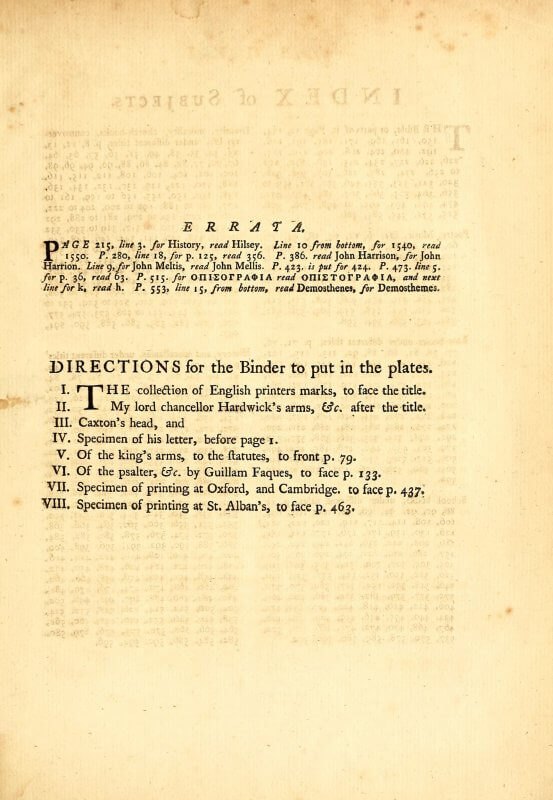
Ames, Typographical antiquities, 1749 (4I4v)

Ames, Typographical antiquities, 1749 (a1r)

Ames, Typographical antiquities, 1749 (frontis.)
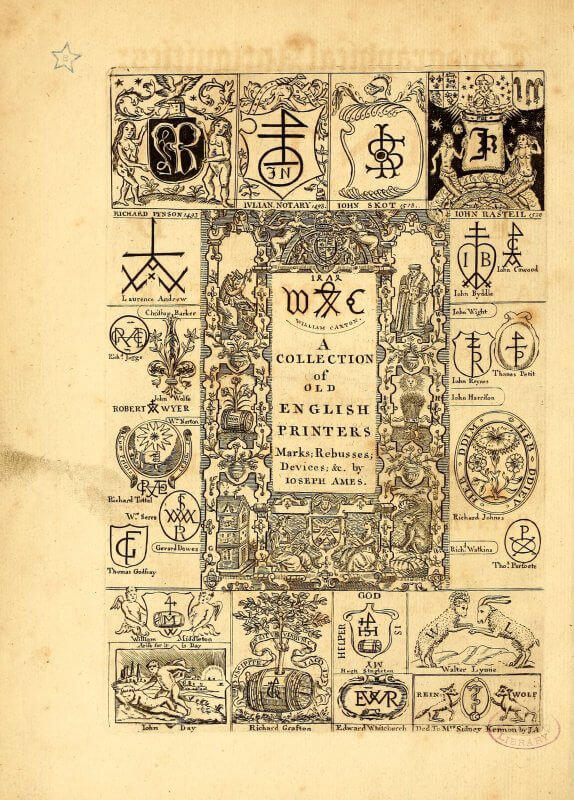
Anatomical fugitive sheet (1573)
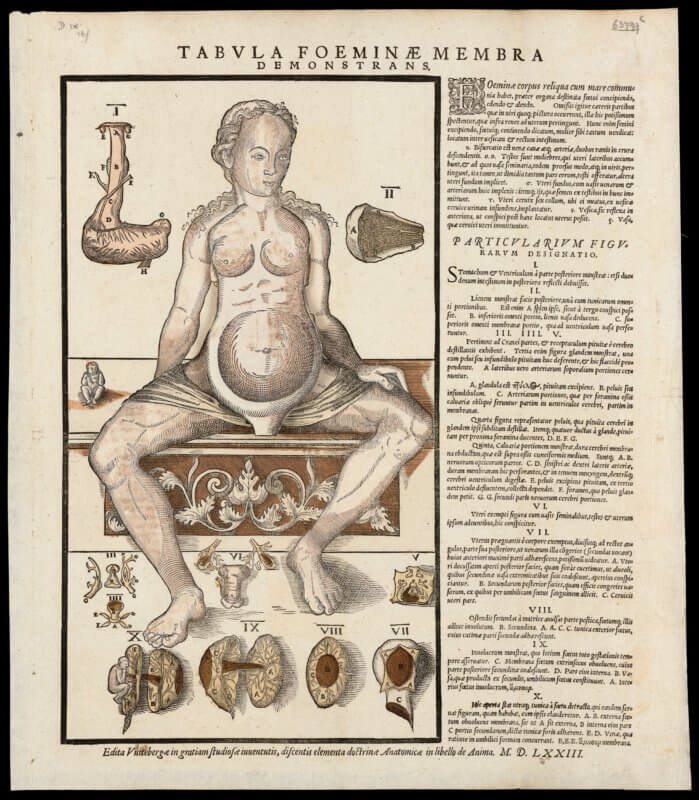
Anatomical fugitive sheet, flap 1 (1573)
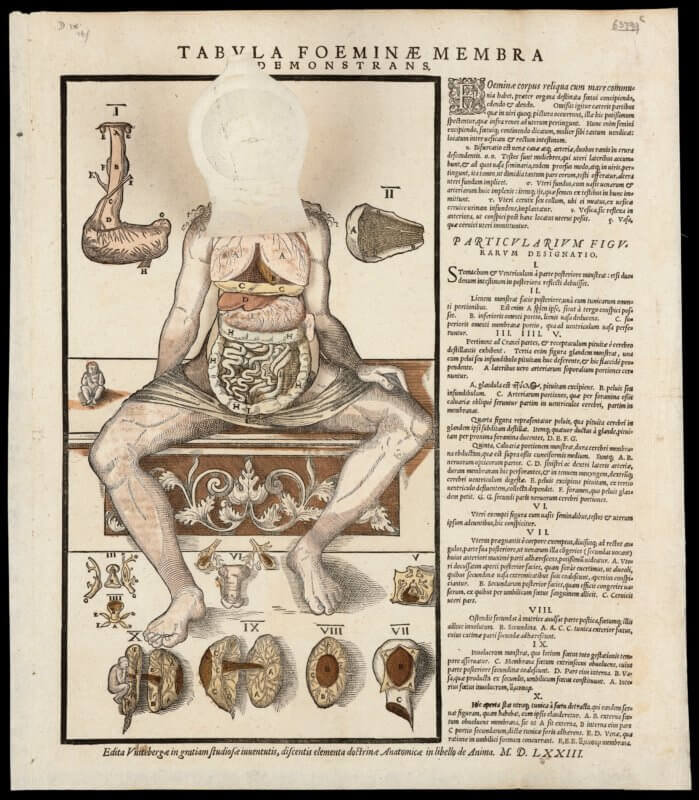
Anatomical fugitive sheet, flap 2 (1573)
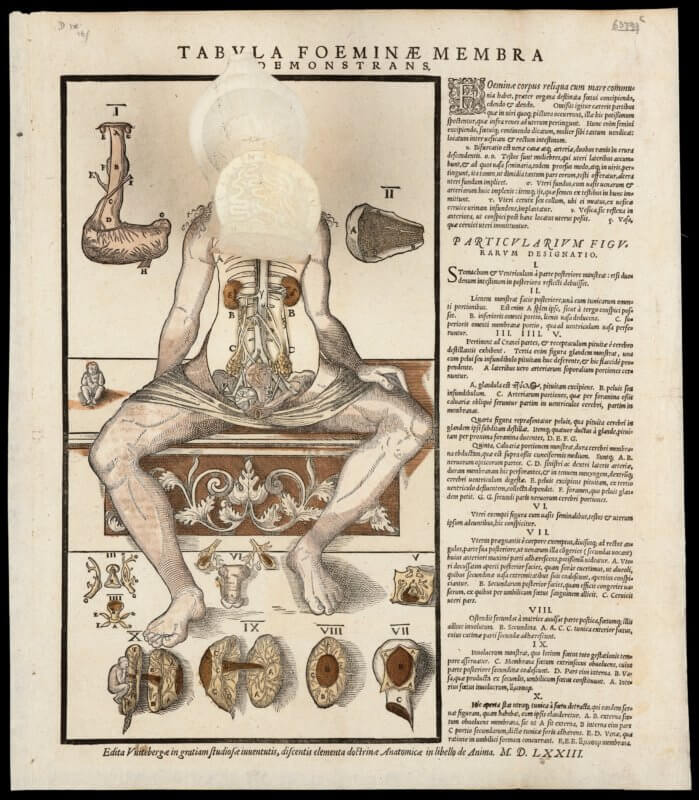
Anatomical fugitive sheet, flap 3 (1573)
